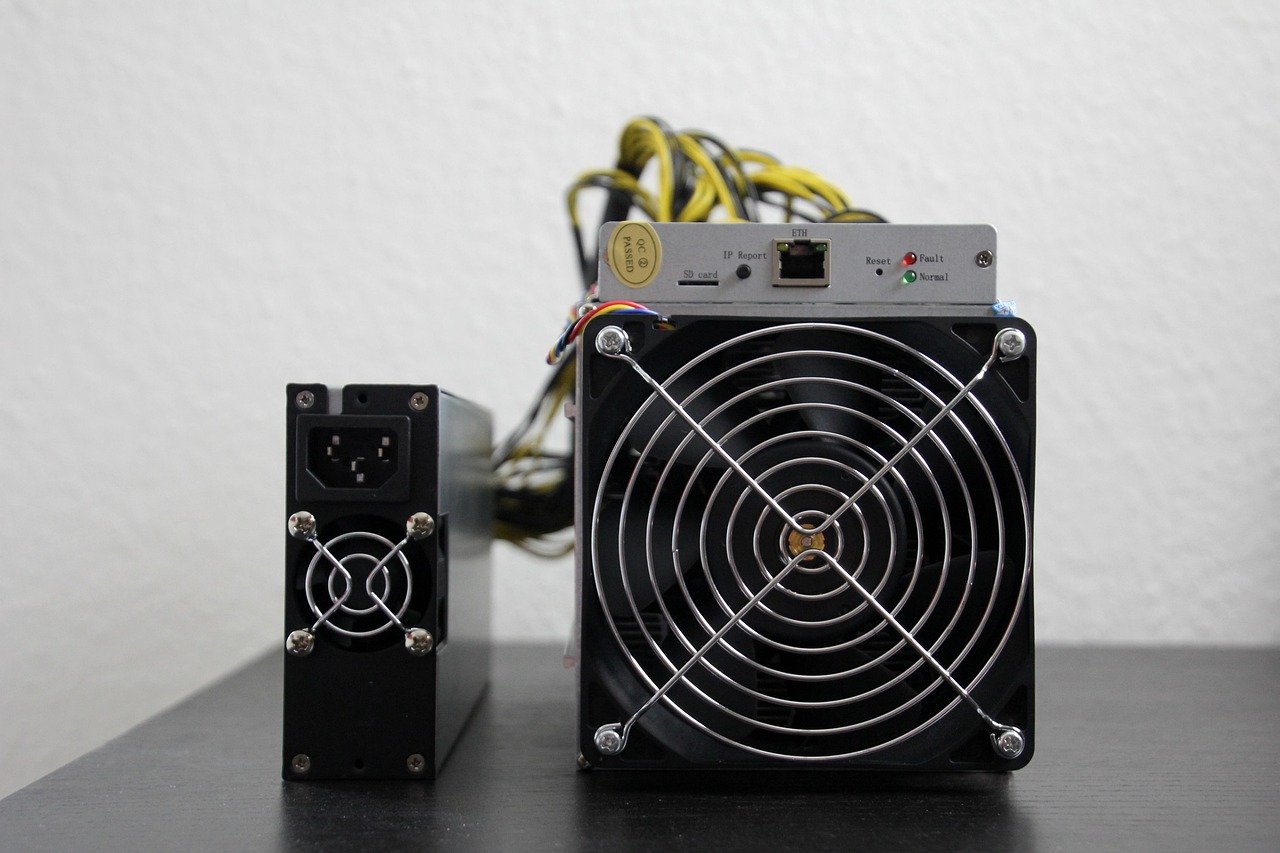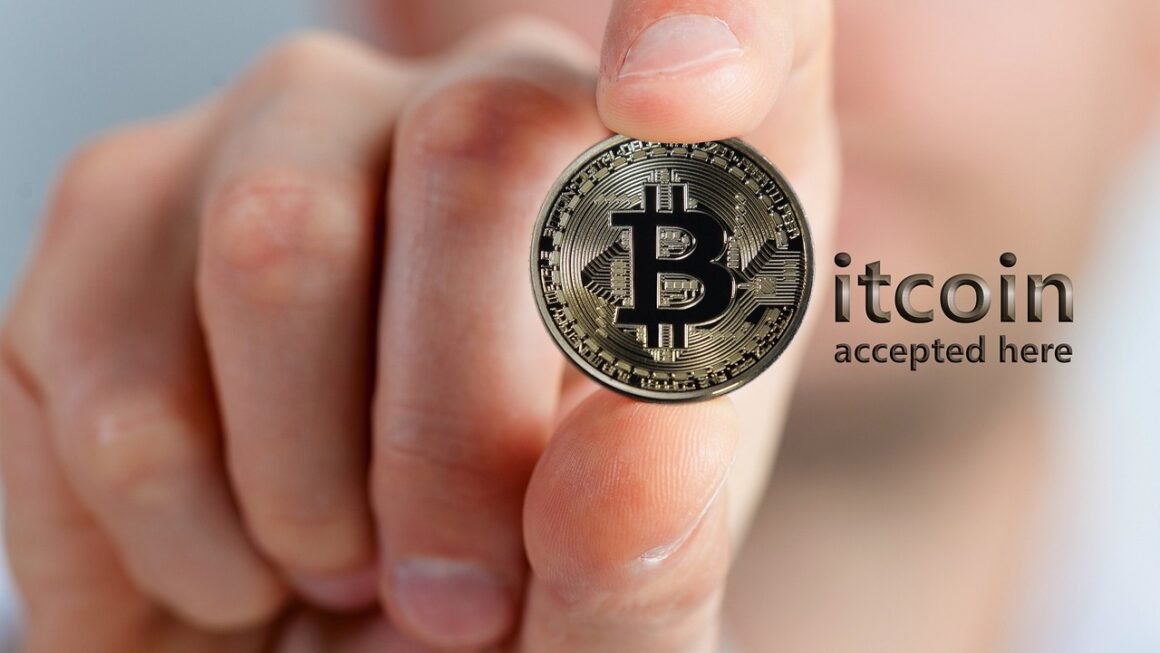Navigating the world of cryptocurrency and decentralized applications (dApps) often involves encountering the term “gas fees.” These fees are an integral part of blockchain transactions, but understanding what they are, how they work, and how to manage them is crucial for anyone participating in the crypto space. This comprehensive guide will break down everything you need to know about gas fees, from their fundamental purpose to strategies for minimizing their impact on your transactions.
What are Gas Fees?
The Role of Gas in Blockchain Transactions
Gas fees are essentially the transaction fees on a blockchain network, primarily used in networks like Ethereum. They compensate miners (or validators, in Proof-of-Stake systems) for the computational effort required to process and validate transactions. Think of it as paying for the energy needed to power your transaction on the blockchain.
Why are Gas Fees Necessary?
Gas fees serve several critical functions:
- Incentivizing Miners/Validators: They provide a financial incentive for miners or validators to prioritize your transaction, ensuring it’s included in a block.
- Preventing Spam: Gas fees deter malicious actors from flooding the network with frivolous or harmful transactions, which could congest the blockchain.
- Resource Allocation: They regulate the consumption of network resources, ensuring that each transaction is allocated a fair share of computational power.
How Gas Fees are Calculated
Gas fees are calculated based on two main factors:
- Gas Limit: The maximum amount of “gas” a user is willing to spend on a transaction. Each operation on the blockchain requires a certain amount of gas. Complex smart contract interactions require more gas than simple token transfers.
- Gas Price: The price (in a cryptocurrency like ETH) that the user is willing to pay per unit of gas. This price fluctuates based on network demand. Higher gas prices incentivize miners/validators to prioritize your transaction.
The actual transaction fee is calculated as: Gas Used Gas Price. If the gas used is less than the gas limit, the difference is refunded. If the gas used exceeds the limit, the transaction fails, and you lose the gas spent.
Example: You set a gas limit of 21,000 units and a gas price of 50 gwei (gwei is a denomination of ETH). If the transaction uses all 21,000 units, the fee is 21,000 50 gwei = 1,050,000 gwei = 0.00105 ETH.
Factors Influencing Gas Fees
Network Congestion
This is the primary driver of gas fee fluctuations. When the blockchain is busy (e.g., during a popular NFT drop or a surge in DeFi activity), demand for block space increases, leading to higher gas prices.
- Example: During a highly anticipated NFT mint, gas prices can spike dramatically as users compete to have their transactions processed quickly.
Transaction Complexity
More complex transactions, such as interacting with sophisticated smart contracts, require more computational power and thus consume more gas.
- Example: Swapping tokens on a decentralized exchange (DEX) involves more steps (and therefore more gas) than simply sending ETH from one address to another.
Block Size and Gas Limit
The size of a block and the total gas limit per block affect how many transactions can be processed at once. These parameters are sometimes adjusted to address congestion and scalability.
- Ethereum’s EIP-1559: This upgrade introduced a base fee that is burned, making ETH scarcer and mitigating fee volatility to some extent.
Time of Day
Network usage patterns often vary throughout the day, leading to fluctuations in gas prices. Typically, gas fees are lower during off-peak hours (e.g., late at night or early in the morning, depending on your timezone).
Strategies for Managing Gas Fees
Timing Your Transactions
Monitor gas prices using websites like Etherscan, GasNow, or Blocknative to identify periods of lower activity. Schedule your transactions for these times to save on fees.
- Actionable Takeaway: Check historical gas price charts to identify trends and plan your transactions accordingly.
Setting Appropriate Gas Limits and Prices
Most wallets allow you to customize the gas limit and gas price. Start with the suggested gas price provided by your wallet, but consider adjusting it based on current network conditions.
- Caution: Setting the gas price too low may result in your transaction being stuck or delayed. However, setting it too high means overpaying.
Using Gas Tracker Tools
Gas tracker websites and browser extensions provide real-time information on current gas prices and historical trends. These tools can help you make informed decisions about when and how to set your gas fees.
- Popular Tools: Etherscan Gas Tracker, GasNow, Blocknative.
- Benefit: Avoid overpaying by using real-time gas estimates.
Batching Transactions
If you need to perform multiple transactions, consider batching them into a single transaction using smart contract techniques. This can significantly reduce the overall gas cost.
- Example: Decentralized exchanges often offer features that allow you to batch multiple trades into a single transaction.
Utilizing Layer-2 Scaling Solutions
Layer-2 solutions like rollups (Optimistic and ZK-Rollups) and sidechains offer significantly lower transaction fees compared to the main Ethereum chain. These solutions process transactions off-chain and then batch them onto the main chain.
- Examples: Optimism, Arbitrum, Polygon (Matic).
- Benefit: Dramatically reduced gas fees and faster transaction speeds.
Future of Gas Fees and Blockchain Scalability
Ethereum 2.0 and Sharding
Ethereum’s transition to Ethereum 2.0 (also known as the Merge and subsequent upgrades) is aimed at significantly improving scalability and reducing gas fees. Sharding, a key component of Ethereum 2.0, will divide the blockchain into multiple shards, allowing for parallel processing of transactions.
- Expected Outcome: Lower gas fees, increased transaction throughput, and improved network efficiency.
Layer-2 Adoption
The continued adoption and development of Layer-2 solutions will play a crucial role in making blockchain technology more accessible and affordable. As more users and applications migrate to Layer-2, the demand on the main chain will decrease, leading to lower gas fees.
- Trend: Increasing investment and innovation in Layer-2 technologies.
EIP-1559 Impact Assessment
EIP-1559 has had a positive impact on gas fee predictability. While it hasn’t eliminated gas fees entirely, it has made them more transparent and predictable by introducing a base fee that is burned. Further improvements and adjustments to the EIP-1559 mechanism may continue to optimize gas fee dynamics.
- Benefit: Improved gas fee estimation and reduced volatility.
Conclusion
Gas fees are a fundamental aspect of blockchain technology, serving to incentivize network participation and prevent abuse. While they can sometimes be a barrier to entry, understanding how they work and employing effective management strategies can significantly reduce their impact on your crypto experience. As blockchain technology continues to evolve, with advancements like Ethereum 2.0 and the increasing adoption of Layer-2 solutions, we can expect further improvements in scalability and affordability, making blockchain more accessible to a wider audience. By staying informed and adaptable, you can navigate the world of gas fees with greater confidence and efficiency.



